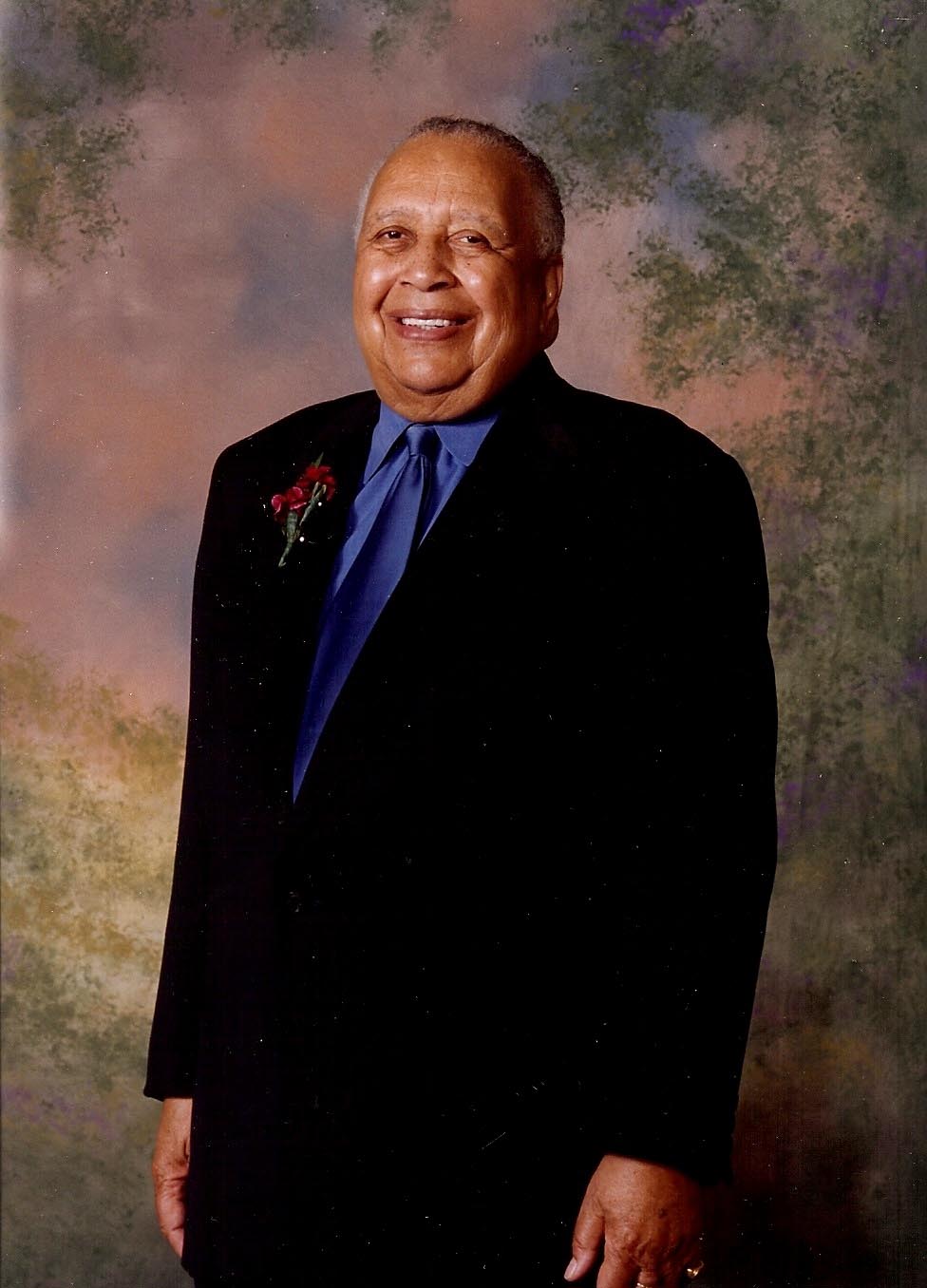Paul Parks died at his home on July 31.
He was born on May 7, 1923, in Indianapolis, Ind. At the time, the family home had no running water, heat or electricity. As a child, he was not particularly strong, having struggled with malnutrition as an infant. He grew up with sisters Jacqueline (two years his elder) and Dorothy Jean (18 months his younger). Eventually, they were joined by cousins Patsy (Wilson) and Helen Gene (Henderson) Crenshaw. He grew up in a proud family of meager means.
His mother, Hazel, introduced him to politics early in his life. She told him when he was old enough that it was his obligation to vote. She said that it was important that he learn all that he could about each of the candidates because he had to vote intelligently and in the people’s best interest.
Dr. Parks became intrigued with engineering when he was eight years old. His parents, Hazel and Cleab, sent all of their children to college and in 1941 he entered Purdue University, as one of only eight black men in engineering. Sophomore year he was drafted into the army and assigned to a combat engineering unit. He was a first sergeant with the 365th Engineer Regiment of the First Army, and he landed at Omaha Beach. He participated in several military campaigns across Western Europe, and after V-E Day was transferred to the South Pacific, where he took part in the liberation of the Philippines. He was on his way to Japan when the war ended and he was able to return to Purdue. Recently Purdue University honored him for the “profound impact he has made on his profession, his community and his world” by presenting him with the Distinguished Engineering Alumni award.
His postwar career as an engineer took him to various parts of the United States, as well as to several countries abroad. He completed advanced graduate work and obtained a doctorate in engineering from Northeastern University in Boston. Following his love of engineering, he designed roadways, hydroelectric stations, missiles, large aircraft engines, and for 10 years, in partnership with architect Henry Boles, built buildings and homes and designed cities. On the invitation of the Israeli government, he reviewed their housing, education and health care systems.
A longtime and enthusiastic Vineyard visitor, one of his oldest and closest friends was the late Della Brown Hardman, whom he and his wife lived with when they first moved from Indianapolis to Boston with a toddler in tow. His other Island friends included Vernon Jordan, and the Hilton, Tucker and Pinderhughes families.
In the late 1960s Dr. Parks worked for Mayor Kevin White as the head of the Model Cities Administration and has repeatedly answered an inner call to social and political action. In 1975, then Gov. Michael Dukakis named him to his cabinet as the secretary of educational affairs for the commonwealth. Dr. Parks became the steward of the integration of the Boston public schools and the architect of the UMass Medical School.
He continued in his public service by accepting the chairmanship of the Boston Public Schools in 1993. Even after leaving public office Dr. Parks continued to work to improve the quality of life for all people by developing affordable homes and serving on numerous boards and advisory committees.
His last and final project was the design and planning of a boarding school for boys in the Boston area. With the aid of Boston-area educators, business leaders, community representatives, parents and students he was committed to establishing the first public boarding school in Massachusetts. The school will immerse 600 7th to 12th grade at-risk boys in a rigorous college preparatory academic program. Gov. Deval Patrick along with many others has expressed support of the project. In tribute to Dr. Parks and in support of the legacy he wished to leave, his colleagues, Arnold Soloway, Robert Sperber along with the board of trustees voted to name the school after Dr. Parks — Paul Parks Academy. Unfortunately, Dr. Parks died before receiving this last tribute to a man who had lived such an incredible life.


Comments (1)
Comments
Comment policy »